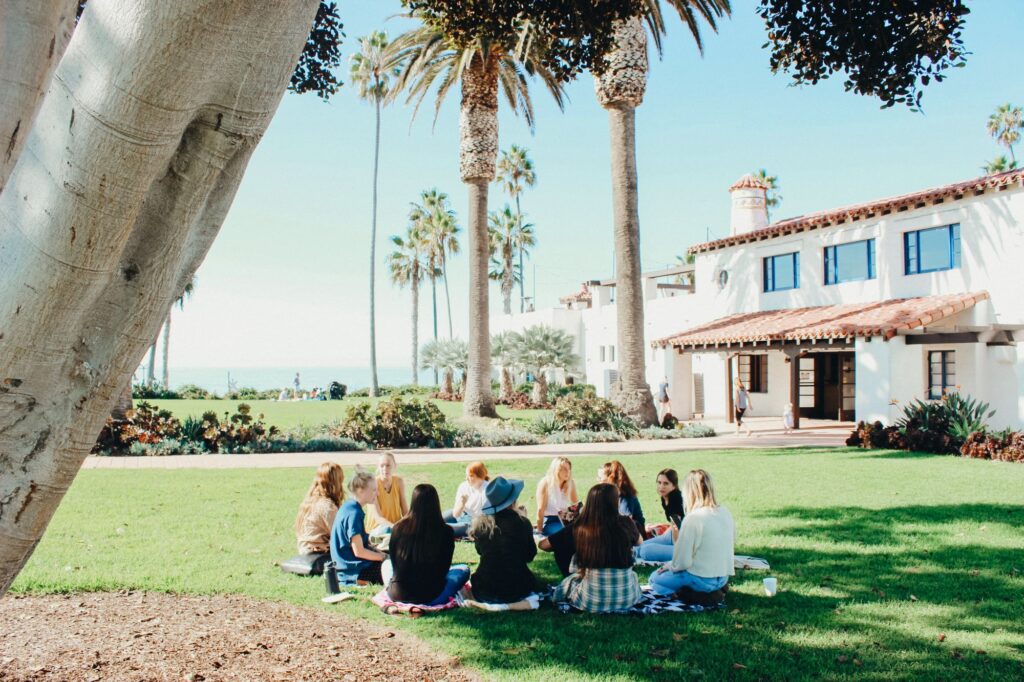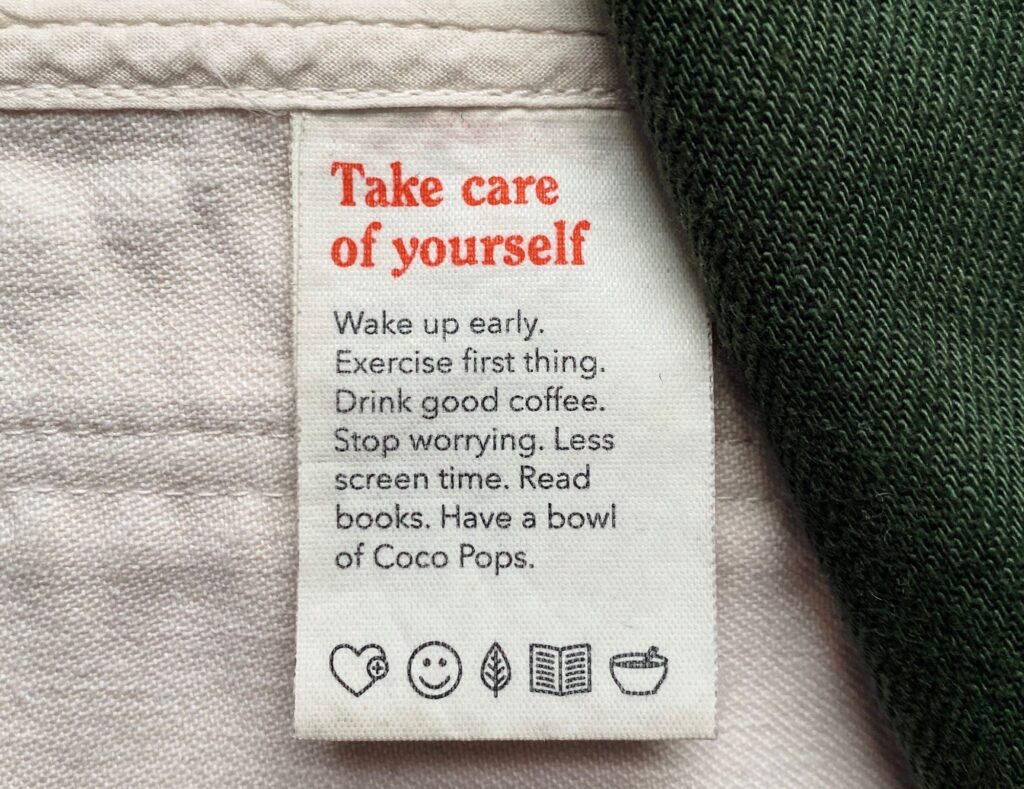5 Tips for Turning Your Social Media Following Into a Paid Membership Community

When I was building a social media audience for an e-commerce company I ran a few years ago, the go-to options for monetizing that audience never appealed to me. It felt like advertising or brand sponsorships would water down the content. Plus, I never liked the idea of monetizing an audience for the sake of doing so—I wanted to create something so meaningful that people wanted to support my work by paying for it.
That’s just one of the reasons I fell into the world of paid membership communities as a way to build a sustainable business around a social media audience. Not only is it a more independent way to build revenue around social media content, it allows for more meaningful connections with an audience.
Over the past five years as a community business strategist, I’ve worked with creators of all sizes to build communities that are profitable and fulfilling. So, if you’re considering incorporating a membership community as a line of revenue in your content business, here are my best pieces of advice.
1. Find a community purpose that isn’t about you
When creators start thinking about adding a paid tier to their social media activity, they often plan to give members more of what they’re already doing: more content, more in-depth content, or more access to them as a creator.
I don’t recommend this approach, for two reasons. First, because it requires you to show up a lot more intensely for your community members, which can lead to creator burnout.
But more importantly, putting yourself on a pedestal isn’t what community is about. I like to think of social media as a triangle—a broadcast channel with one voice at the top sharing—and of community as a circle where everyone is on an equal plane. When creators treat communities as a private place where they broadcast what they think to their “fans,” it can end up alienating them from the community. The more you can feel like you’re a member of your own community, the better experience you can create for people.
The idea is to identify a value or purpose that your followers share and create a space for them to connect with each other around that. Tiffany Yu’s membership community is a great example of that. She’s a disability influencer and advocate with a goal of elevating disability pride. Instead of creating a membership community to share more of her experience as a disabled woman, she’s kept that content free and focused her community on helping other people who want to be leaders in the disability space thrive.
2. Define your member growth journey
One of the first questions I always get about starting a paid membership community is: Which platform should I use to host it on? While I do have some favorites (currently Circle and Heartbeat), I always emphasize that the platform you use is less important than the experience you build.
My definition of community is a group of people who come together to nurture …read more
Source:: Buffer Blog












